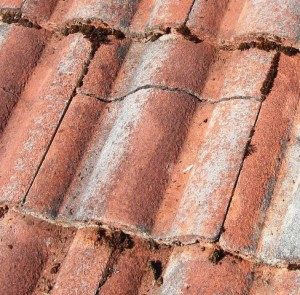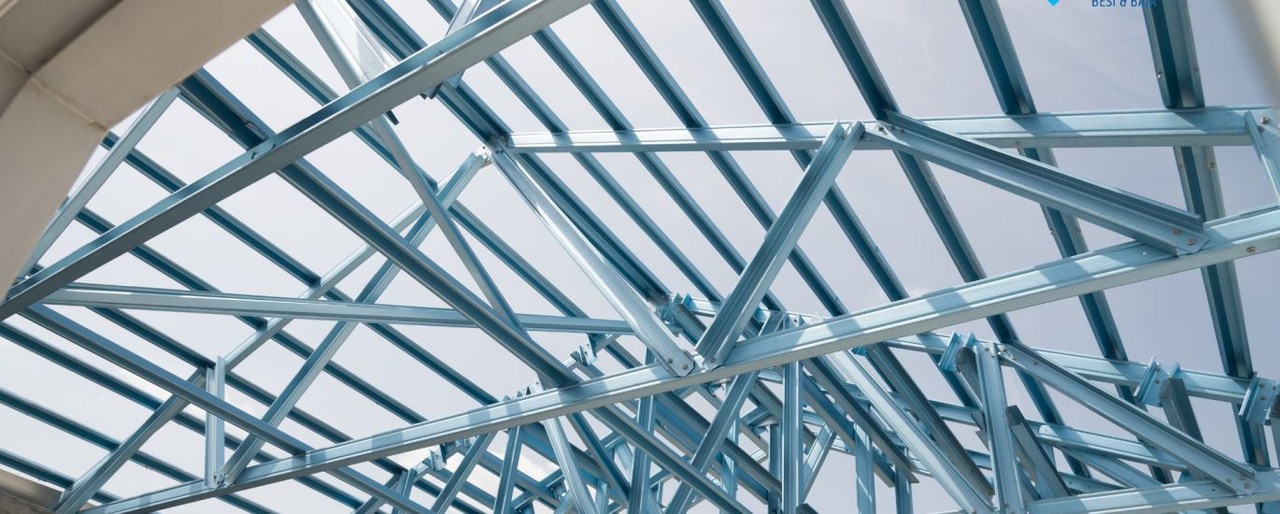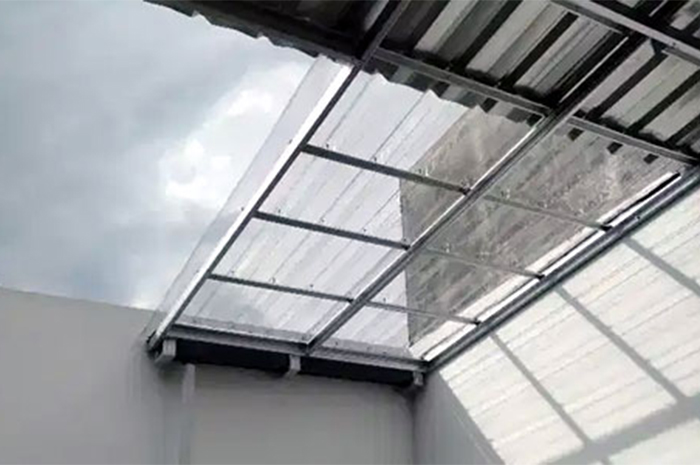
The house is a place to protect both from the rain and the sun. However, what if the main coating, namely the roof of the roof of the house is having problems. Certainly, you will quickly identify and correct the problem. In addition, you also must be diligent to check certain areas on the roof of your home.
However, you will be a layman if problems occur on the roof of your house, such as leaks, clogged water flow and others. Rather than getting worse, calling experts is the best way.
You also need to know the problem before calling a roof maintenance expert. Therefore, what follows is often a problem on the roof of the house.
1. FasciaFascia is an architectural term for pipes that run horizontally and are located vertically under the edge of the roof. In simpler terms, this is a roof trim. Usually consists of wooden boards or sheet metal. This main function is to protect where as a layer between the edge of the roof and outdoor elements, especially water. Fascia plays an aesthetic role in creating a smooth appearance and looks flat to the edge of the roof. Moisture is the number one cause of problems with fascia. So you must be sure to look for signs of damage then contact an expert worker.
2. SoffitSoffit comes from the French word for "Repair at the bottom". Open surfaces on the protruding lower roof or surfaces under fascia and rafters are called soffits. Soffit has a small opening that provides air circulation so it can spin into ventilation and draw air and moisture from the house. His role is important in helping loft ventilation and preventing damage to the rafters. Most soffit is made from vinyl because it is a waterproof and cost-effective material. This helps regulate the temperature in your attic and through your entire home making it a comfortable place to live. Look for crevices, holes, and foul odors to avoid getting water or insects and small animals.
3. FlashingThe main function of flashing is to help seal any holes in the roof system where water can enter and make this main area cause leaks if not regularly inspected.
4. GutterGutter is designed to drop water from the foundation of your building and to protect structural integrity. It's important to guard the gutters because they are vulnerable to water and the buildup of debris that causes mold under your roof. Make sure your gutters are pointing down so that the water runs properly. The general rule is a slope of at least a quarter of an inch for every 10 feet.
5. Shingle roof systemThe shingle system offers exceptional protection but is vulnerable to discoloration. Areas of lost or damaged shingle roofs can leave the wood underneath vulnerable to decay, holes, and other damage. They can also be bent if they are not ventilated sufficiently during installation. Discoloration is an indication of a roof leak and small spots can grow into gaping holes in your ceiling. Check your roof as often as possible and do repairs or replace shingles if needed.
 Bahasa Indonesia
Bahasa Indonesia  Inggris
Inggris
 Bahasa Indonesia
Bahasa Indonesia  Inggris
Inggris
 The house is a place to protect both from the rain and the sun. However, what if the main coating, namely the roof of the roof of the house is having problems. Certainly, you will quickly identify and correct the problem. In addition, you also must be diligent to check certain areas on the roof of your home.
The house is a place to protect both from the rain and the sun. However, what if the main coating, namely the roof of the roof of the house is having problems. Certainly, you will quickly identify and correct the problem. In addition, you also must be diligent to check certain areas on the roof of your home.





